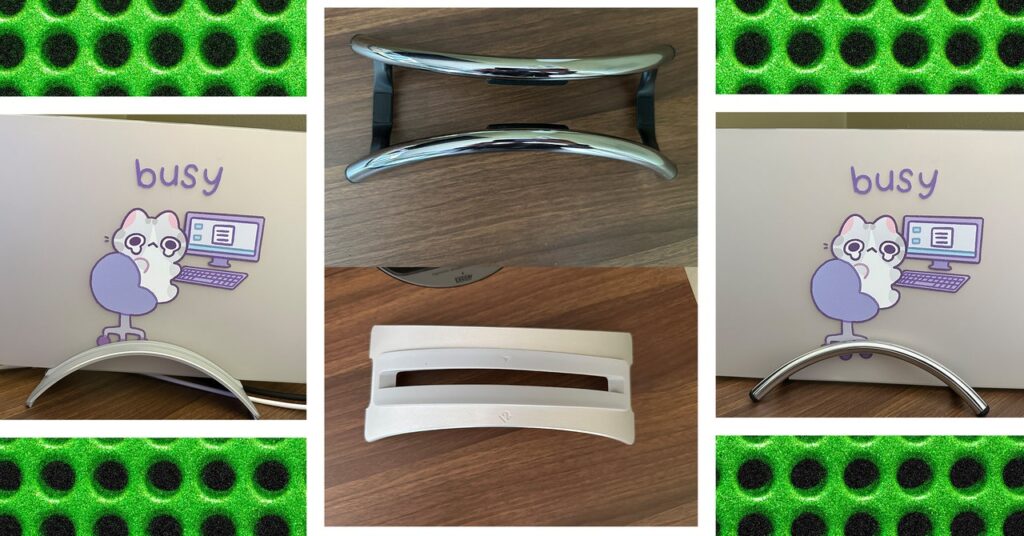Twelve South BookArc Flex Review: Unstable and Expensive

i’ve never jumped at the opportunity to use a dock for my laptop. I prefer using an external monitor and a laptop stand, with my MacBook as the second screen. It’s been my setup for the last seven years, and up until now, I had no desire to change it. But when Apple launched the M3-powered 15-inch MacBook Air with support for two external monitors—as long as the lid is closed—I realized I’d have to give in to the world of vertical laptop stands to test it properly. I didn’t have room on my desk to let it lie flat.
These stands aren’t the most aesthetically pleasing. I’m not that picky about my desk accessories, but I don’t want a clunky eye-sore of a stand. And it felt like that’s all that was out there. I was super excited when Twelve South reached out about testing its BookArc Flex. It’s a beautifully crafted laptop stand, with a minimalist design that would blend in nicely on my desk. It’s compatible with a wide range of MacBook models too.
I was confident this would be the answer to my problem. At WIRED, we’ve had great experiences with Twelve South’s products. A lot of the company’s products are featured as top recommendations in various buying guides, including the StayGo Mini hub, the Forte iPhone stand, the HoverBar Duo 2.0 stand, and more. These accessories work well and look good. Unfortunately, only the latter applies to the BookArc Flex. And that’s not enough to justify incorporating it into your workspace.
Proceed With Caution
The BookArc Flex has a very distinct design, complete with a metal arc on each side and a flexible rubber cradle in between. When you place your MacBook onto the rubber piece, the laptop stand uses the weight of the laptop to lock the arcs against the lid and the base of the machine. It’s elevated too, which Twelve South claims is to improve airflow and heat dissipation (to keep the MacBook from overheating) and to also keep it safe from accidental spills.
Photograph: Brenda Stolyar
In theory, it sounds simple to use. Unbox it, place it on your desk, and plop the MacBook into the stand. There was no need to read the instructions. But I was wrong. Whenever I put my 15-inch MacBook Air into the stand, it would lean against one of the arcs and topple over. At one point, I thought I had to somehow mold the middle piece to fit the laptop. After some finessing, I was able to get it to sit securely. But the slightest movement still caused it to fall over.
After this happened a few times, I decided to reach for the brief Owner’s Guide, which clearly states that you should “set the MacBook or laptop hinge down,” which means the logo needs to be facing up. I was doing the complete opposite—placing the MacBook with the logo facing down. “Surely, this had to be the issue,” I thought to myself.
But I was wrong. Yes, placing it right side up kept it upright instead of leaning to one side of the stand. However, it didn’t help lessen how sensitive it was to movement. It would still fall over whenever I reached over to turn the lamp on behind it, accidentally bumped against my desk too hard, or brushed my hand against the edge of my MacBook while moving my mouse around.
I hated how careful I had to be in its presence, especially when I had any sort of liquid on my desk like a cup of coffee or a can of Monster. I was terrified I might knock over the laptop stand and make the MacBook crash down onto the mug or can, spewing liquid all over my keyboard and monitor. I couldn’t even leave my MacBook on the stand when I left the room. The smallest motion would cause it to tumble onto my desk and damage both the MacBook and my peripherals.








